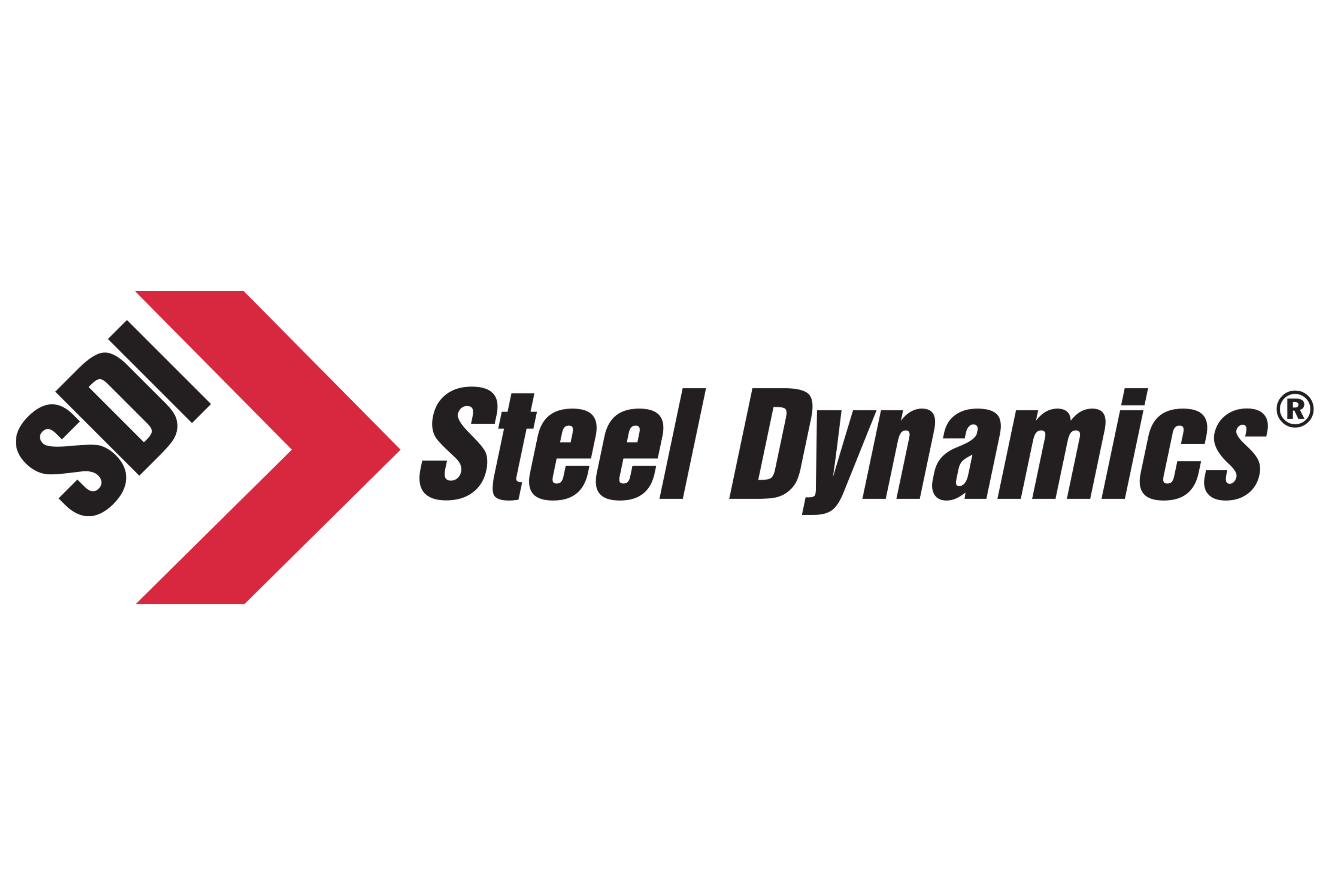Product
March 8, 2013
Scrap Prices Vary by Region - Why the Disparity?
Written by John Packard
Scrap prices rose for the month of March from a low of $20 per gross ton in the east and parts of the south to as much as $50 per gross ton on some prime grades in the Midwest. The Detroit market was reported by SMU sources to have settled at $410 for busheling, $410 for shred and $370 for HMS. In the Chicago market we found prices running a little higher as busheling ranged from $425-$440, shred was reported to be closer to $410-$415 and heavy melt (HMS) at $380 per gross ton.
One of our scrap sources sent us a note late this evening reporting on the settlements in his area and provided us feedback as to what is causing scrap prices to be both volatile and different in various regions of the country:
East coast prices ended up about $20/GT over February levels across the board, though a few items were up $25 – $30/GT. The Ohio Valley and Mid-west was up closer to $35 – $40/GT on most grades. Why the volatility and disparity between regions?
I am going to blame the mills and their buying patterns for most (but not all) of this ongoing volatility. The March market is a perfect example of why (so are August and November 2012).
Start with the idea that the scrap supply everywhere is tight. Most dealers are selling materially less scrap volume on a monthly basis than they were a year ago. Why? Prices are lower, and price levels and changes in price levels dictate the strength of scrap flows into dealer yards. Of course, steel demand directly influences scrap prices, and I certainly acknowledge that demand for finished steel here and abroad (as shown by finished steel prices) is clearly less than it was a year ago.
But if scrap is tight, and the price drops swiftly and sharply, flows will slow the same. Add in that scrap supply is limited after 10 years of mills here and overseas melting a lot of scrap and an ongoing consumer recession. So what do mills do if they smell that the market will be down? They drive it down as far as it will go. That practice is dictated by their corporate scrap buying committees which set the parameters for prices and volumes they can use. When they drive the market down as far as it goes, they will ultimately buy less because it doesn’t take the most brilliant dealer to realize that they can’t buy scrap against those lower prices, so the market must rise the following month. But no one knows how much the mills actually buy at the lower prices. People just know where the price reached. Low and behold, the next month the mills are short scrap and begin to buy. The price is rising so dealers don’t jump on the first deals. Eventually the price reaches and in some cases passes where it was before it dropped, even though there was no real reason for it to do that. This month it surpassed the January mark on its way back up. Is this all so bad? It is to some degree the “perfect supply and demand market.” It is what it is, but the volatility does not make it easy to operate a business.
But today it’s not a real market because dealers are gaming it. They don’t own the inventory in many cases and have to “sell the paper” before they buy the scrap. The truth is that it would probably be better for the mill buyers to have a little more autonomy to buy extra scrap when it’s available so they don’t get caught too short. There is not enough scrap available at these price levels for dealers to accumulate some inventory, so they will keep chasing it. In 2011 and part of 2012, demand was better and prices were higher and less volatile. So until we get some better steel industry dynamics to raise prices back to a level where flows are more consistent, expect the volatility to continue.







